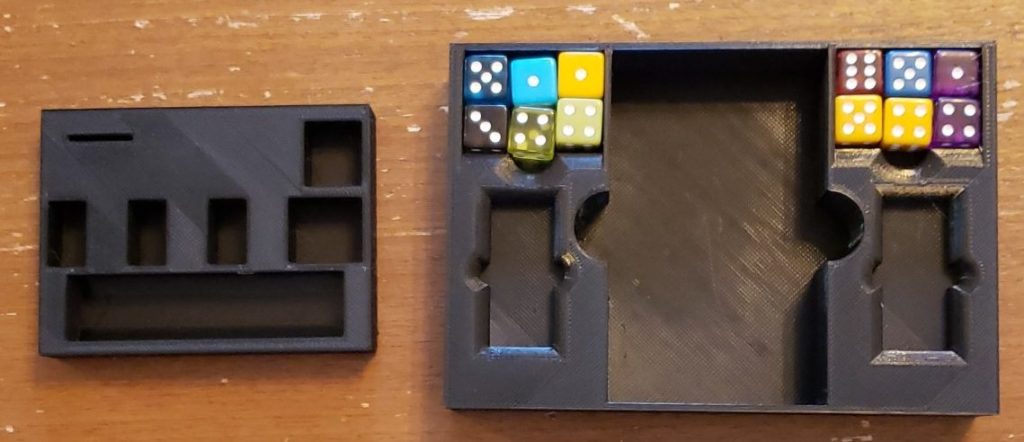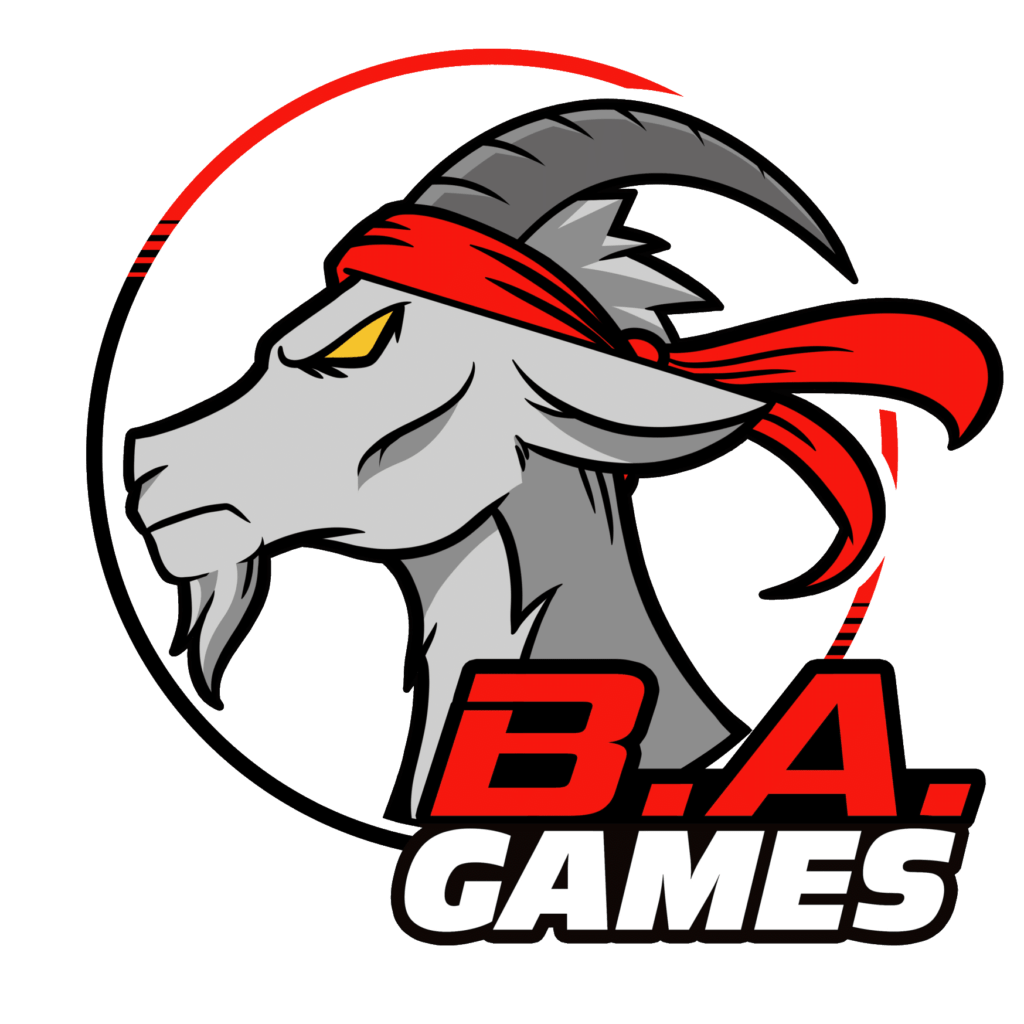Manufacturing Thoughts During the Board Game Design Process
Sam “King of the Hilltop”
To me, this is one of those points in the game publishing process where the rubber starts to meet the road. This is a process that will take a good amount of time to learn about and properly explore. I highly recommend you put on your researching hat and learn as much as you can because it will be invaluable to you as you go through the game design and publishing process.
Okay, so you have a board game. It is playtesting fairly well with friends. It’s fun and you can see that this game has potential. It is time to start thinking, if you haven’t already, how this game will be manufactured. I like to see things visually so I am going to work out an example of some things to think about.
If you manufacture this board game with life tokens that track player health during a game, how many tokens are in each box of the game? In this example, you need 150 points of health. These tokens come in sheets that can be manufactured for $1.00 per 50 tokens. You are producing 1000 games.
Scenario 1 – Each token is 1 health point front and back. That is $3.00 in manufacturing cost per board game for a total of $3000 with 3 sheets of tokens.
Scenario 2 – One sheet of tokens is 1 health point front and back; the other sheet is 2 health points front and back. That is $2.00 in manufacturing cost per board game for a total of $2000 with 2 sheets of tokens.
Scenario 3 – One sheet of tokens is 1 health point on the front and 5 health points on the back. That is $1.00 in manufacturing cost per board game for a total of $1000 with 1 sheet of tokens. Granted, this is more than the 150 points needed but is still the cheaper option.
Now, that was a basic example that doesn’t take into account certain economies of scale, etc. but the principle still holds true. There are other factors as well. The potential to increase the board game’s box size to handle more components. This could lead to less board game boxes per case, which will increase the number of cases needed to ship from the manufacturer, which could increase the cost of shipping. It could affect shipping costs to backers, if you are doing a Kickstarter, or to consumers who have bought your product due to shipping size and/or weight.
So to get started, I highly recommend you get out there and start quoting your game with different board game manufacturers. They can be very helpful in getting you to start itemizing your game components, what is needed, and to get you thinking about the costs to get it produced. Now that being said, if your primary language is English, I recommend starting your quoting process with a few board game manufacturers in particular: Panda Game Manufacturer and AdMagic.
Panda has a wonderful quoting system that is menu based that can help you get your head around a lot of the terminology and needed information to manufacture a board game. AdMagic has an office in New Jersey that have native English speakers, which makes talking to them about game components very easy. I’ll put links to their websites below as well as a few other amazing links that helped me get started.
There are quite a few board game manufacturers these days but I highly encourage you to reach out to them and start learning about the manufacturing process. Learning about the costs will make you a better board game designer and a better board game publisher.
Links:
http://www.jamesmathe.com/hitchhikers-guide-to-game-manufacturers/
A good one to read below by Jamey Stegmaier once you start getting comfortable with quoting in the manufacturing process.
3D Printing, It’s Fun!
Ed “Duke of BAzlandia”

When it comes to manufacturing I don’t have much to add in the traditional sense beyond what my brother has covered. I do however add something that is slightly related. I personally enjoy building and making things. I wish I was a Maker but I think I fall in line as an avid or hobbyist DIY’er. At-home manufacturing interests me. I have had a 3D printer now for a little over two years. I have two: a Prusa MK3, which is a FFF (Fused Filament Fabrication) or a printer that takes plastic filament from a spool and feeds it through the machine to put it on the correct place on a base to build a model or part layer by layer, and a Moai, which is a SLA printer (Stereolithography apparatus), which basically means there is a vat of resin that gets a laser shot into it. The resin reacts to this laser and hardens. Both of these printers have provided hours of fun and frustration.
What does this have to do with manufacturing? 3D printing is additive manufacturing, and while one day I believe people may be able to actually plug in and play with 3D printers and be able to print everyday items they need instead of going down to the local store, we are definitely not there yet. 3D printing in any kind of meaningful scale is still the realm of big companies and printing hardware is still quite expensive. What a hobbyist or a smaller company can do though with additive manufacturing is prototyping. 3D printing prototyping allows you to try different designs in a relatively short period of time. Relative is important here. If you want an idea of how long something takes to make just browse through some 3D printing reddits or forums. It is not a quick process, but is quicker than ordering from someone else, shipping it to you, and then doing that several times until you have something that is right.
My brother wrote about determining box size and and some other things when it comes to manufacturing. I personally don’t like my components in my board games flopping around loose in little plastic bags. I like things sorted, neat, and organized so it is easier to set-up, play, and take down. I think functionality with presentation is important. I have started 3D printing box inserts for our upcoming games to see what options there are for presentation and functionality within the confined space of box size. I think having the “guts” of the box figured out not only helps us express to the manufacturer what we are looking at, but you have the physical object in your hand to show your playtesters, and get feedback on the physicality of the game setup and take down. There is a reason why companies such as Broken Token and Meeple Realty exist. It not only looks nice to have it organized, but decreases downtime, increasing time available to play your game.
